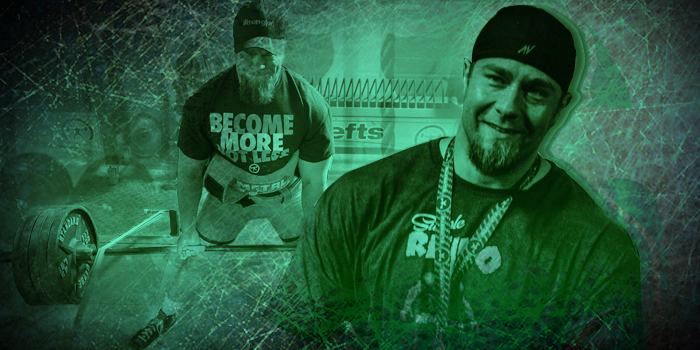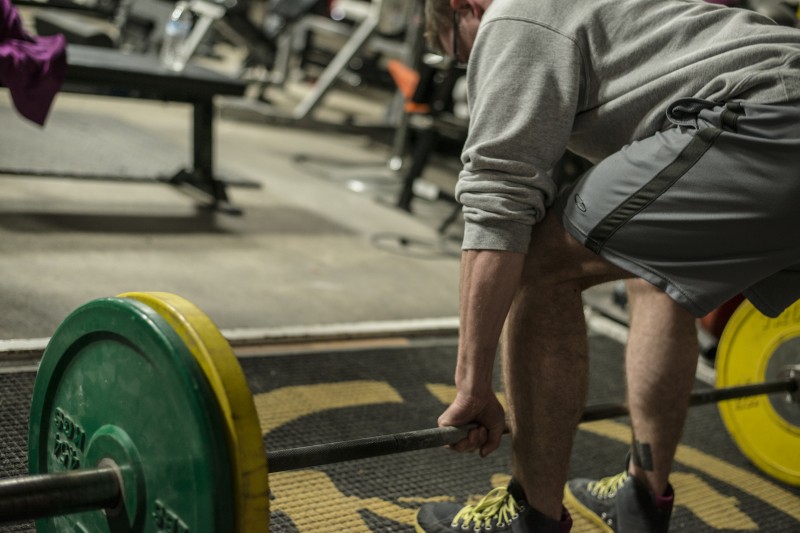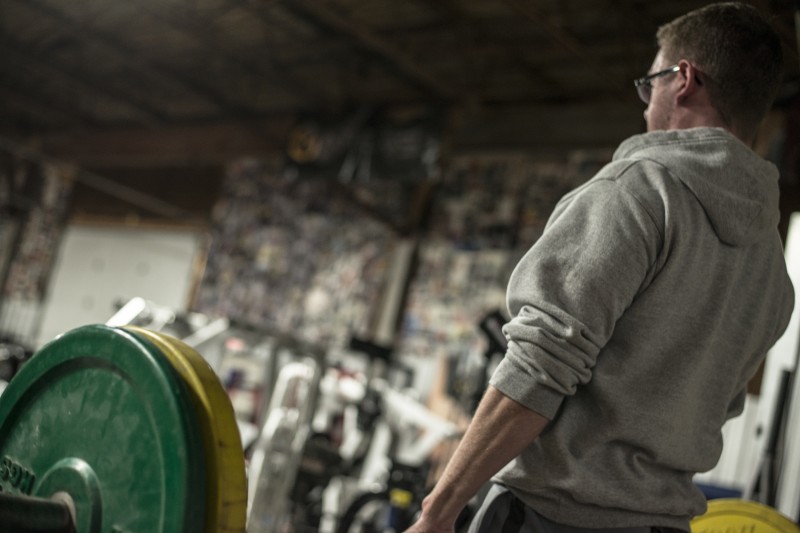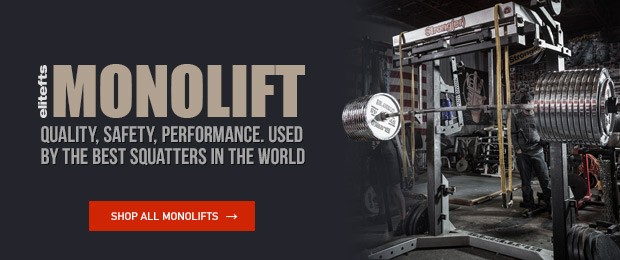
You have dreams of breaking world records running through your head. Before you start mimicking the training of the world record holders, know that it might hurt your progress. Reaching record breaking numbers will require a big base. And without that base, it will be hard to complete that type of training. To climb to the top of the mountain you will need to master the basics before moving on to more advanced training.
In the iron game there are “trump cards” that can be played to take your training to the next level. They can add in variety and attack specific weaknesses. However, I see many lifters misplaying these trump cards too early in their careers. As a beginner, there are times when you should NOT get all fancy, just like playing euchre. Using the right cards at the right times will lead to a winning hand but throwing them down at the wrong time could cost you the game.
Before you start throwing down your trump cards really think about winning with non-trump cards. In euchre you can win a trick (point) with a trump card but if you play your hand correctly you have a chance at taking more than just one trick. Be patient before tossing out your trump cards. Can you win the points with your non trump cards before tossing out the game changers?
RECENT: Things I Have Learned From 15 Years of Conjugate Training
I spent time thinking about each of these items below and argued both for and against each topic. Just like every game of euchre, there is an optimal time to play these trump cards. At times it might be the first card thrown and at other times it is played in reaction to something else. This is where a good system comes into play. A good system will have indicators and you will have a good idea when to introduce each new stimulus.
Specialty Bars
In the very beginning, my training was just doing what my coach said. In middle school it was bodyweight movements and whatever what attached to the giant universal station we had. Once in high school I moved on to barbells, dumbbells and a few machines. This continued until my training age was around 10 years. These are the basic rules of the game. Then in 2001 I was introduced to specialty bars during a visit to Westside.
The SS Yoke Bar, Rackable Cambered Bar, and many others are a great way to bring up weak points. However, keep in mind that if you’ve only been training hard for a few months or even years, then everything is a weak point. Everything, including your technique, still needs a lot of work.
Rotating in specialty bars is not in your best interest when you have not mastered technique with a straight bar. If you can’t say that your technique is spot on, then stick with the straight bar a while longer.
"But...[fill in a reason]."
Unless you can’t physically hold a straight bar on your back then everything after BUT is bullshit.
If your lifting is becoming stagnant, then maybe you just need to learn a little bit more about programming, improve your technique, or just need to work harder on your assistance work. Change one variable at time before going directly to a new bar.
The exception would be using specialty bars for good mornings and overhead pressing. This will allow for more variety and targeting of weaker muscle groups without messing with your squat and bench press technique. Everything listed in this article specialty bars would be the first think I would introduce to newer lifters.
Bands and Chains
As a new lifter you don’t need bands or chains on your main movements yet. Yes, they add variety. Yes, bands provide over speed eccentrics. Yes, both provide accommodating resistance. Yes, they are fun —well, fun might not be the right word. However, if you’re new, bands should be restricted to things like pushdowns, pull aparts, or some lat work. Assistance work is a great place for bands.
This was taken from The Education Of A Powerlifter and it explains exactly how I feel.
The only exception for using bands with barbells is the future method, when reverse bands are used to feel and hit a weight that you will hit in the near future. Use a small overload (~5%) to break through that plateau or overcome the fear of a certain number. Loading up the heavy bands and taking something you won’t hit for another year isn’t going to help you right now. Train with the near future in mind.
I wish there was a simple formula to know exactly when accommodating resistance should be added. In the past there have been numbers thrown out as approximations but nothing concrete. This is an art just as much as it is a science. I could say one or two times bodyweight for your squat but your squat may look more like a good morning than an actual squat. This is why a good gym, training partners and a coach are so important. They can help you decide when it is appropriate to add this new stimulus.
Powerlifting Gear
When I first started my garage gym I had a new guy named Nate came to train with us and he complained about his shoulders and elbows. He was a geared lifter yet he could barely bench press his bodyweight. He was not strong enough to control the gear he was wearing. In gear something has to give — it is either you or the gear. In this case it was him.
I’m not sure why he thought slapping on gear was the right thing to do other than he could impress his non lifting friends by saying he benched 400 pounds. I’m all for bench shirts and squat suits, but he was asking for trouble.
It’s important to have a good raw base of strength and then slowly add gear into the equation. Start with wraps and a slingshot, progress to a single ply shirt, and then maybe go into double ply and so on. It will take time. This will also depend on the lifting crew you are around. The better your crew the faster you may be technically ready for gear.
I think even wraps should be used sparingly as a beginner. Let your body adapt to heavier weights without any extra support. Then once you need the gear you can get more out of it. Belts on the other hand should be implemented and learned early on in training. You don’t need to use a tight belt for every lift but learning to use it correctly can help protect your back as you get stronger.
PEDs
Elitefts has a strict policy on the discussion of PEDs. I will tread lightly on this subject.
I talked this over with a few people and following question came up.
“What would you do if your son asked you to buy him PED’s VS protein powder or creatine?”
This is a deep question and I don’t really have an answer. I do know I would first look at the situation and ask if every possible area outside of PEDs is on par. Can we improve his recovery? Is the timing, quality, and quantity of his nutrition on point? How much sleep does he get? Is he addressing his tissue quality with massage and other modalities? Is his training optimal or can it be improved? What is his training age and how could playing this trump card effect the future? I would look to all of these before considering anything else.
What is at stake and why does he want to go that route? Is there money on the line with a potential NFL contract or some other reason? The variables listed above need to be addressed no matter what. Before tossing down this card be sure you are getting everything out of your training and nutrition. Do not use this card to cover up crappy training and nutrition.
A big part of elitefts is their education sections of the website. There is a reason for a Q&A, training logs, articles, podcasts, videos and everything in between: because your training and nutrition are vital for you to be as strong as possible. The foundation of strength will always be the training program. The foundation of recovery from training will always be nutrition and sleep. The wider the base you build the larger potential peak you will have. If your base is small, no matter what trump card you toss out there you will limit your progress.












